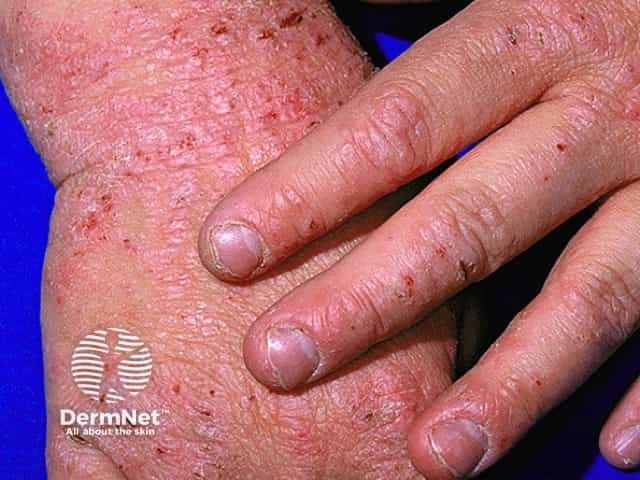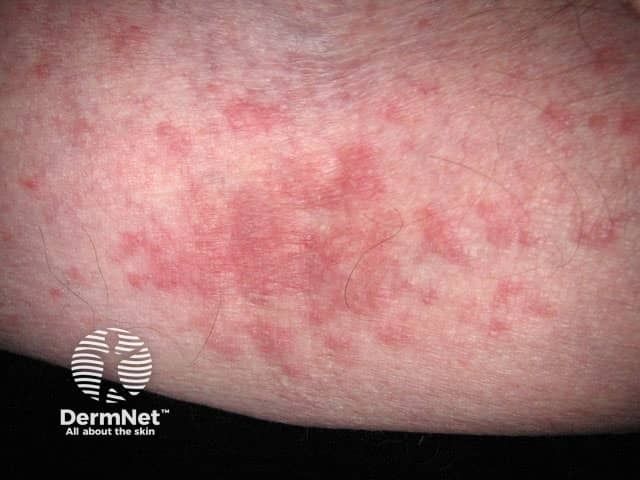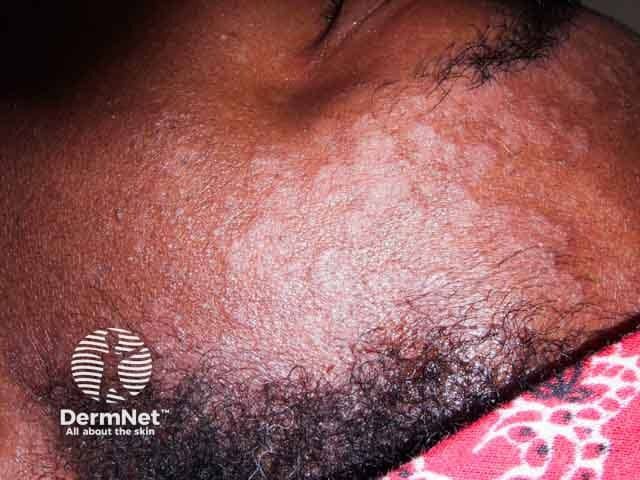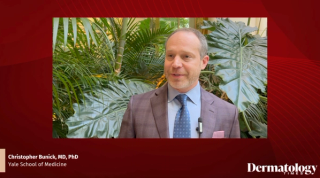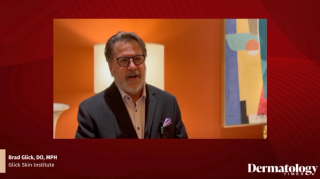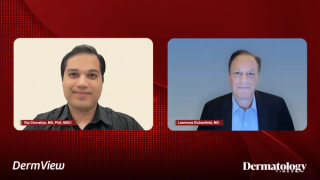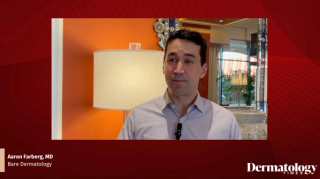
Atopic Dermatitis
Latest News
Latest Videos

CME Content
More News

During a Case-Based Roundtable event, Naiem Issa, MD, PhD, guided colleagues through 3 complex atopic dermatitis cases, highlighting how modern topicals can deliver rapid and durable control across age groups.
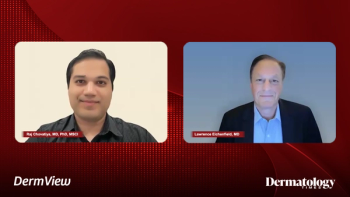
Panelists discuss how multiple OX40 pathway–targeted drugs are in development, including rocatinlimab (anti-OX40, cell depleting) and amlitelimab (anti-OX40L, nondepleting), both showing promising phase 2/3 results with potential for sustained responses.

Radiation dermatitis significantly affects breast cancer patients, impacting quality of life and treatment. Discover effective prevention and management strategies.

The FDA has approved roflumilast 0.05% cream for atopic dermatitis in children aged 2 years and older, extending its use to a critical pediatric population.

The biologic’s less frequent injections could ease logistical and emotional strain for patients with atopic dermatitis and their families.

Sitryx Therapeutics advances SYX-5219 for moderate to severe AD, aiming for a first-in-class oral treatment with potential for lasting disease remission.

Panelists discuss how OX40 pathway–targeted therapies may benefit specific patient subsets with particular immunologic profiles and could potentially modify the disease course when used early, although patient selection criteria remain unclear.

Panelists discuss how the OX40-OX40L costimulatory pathway represents a promising upstream target for atopic dermatitis treatment by modulating T-cell survival, expansion, and memory formation rather than targeting downstream cytokines. Panelists discuss how targeting the OX40-OX40L pathway could potentially provide broader therapeutic effects across multiple T-cell subsets and offer more durable responses than current cytokine-specific or JAK inhibitor approaches.

The approval represents the sixth FDA authorization for roflumilast since 2022.

Patient advocate Danielle Jonas shares her journey with atopic dermatitis, emphasizing the importance of trusted products and clinician support during Eczema Awareness Month.

Mary W. Chang, MD, discusses the expanded FDA approval of ruxolitinib cream for children with atopic dermatitis and its role in addressing treatment gaps, safety, and real-world use.

Panelists discuss how the OX40-OX40L costimulatory pathway represents a promising upstream target for atopic dermatitis treatment by modulating T-cell survival, expansion, and memory formation rather than targeting downstream cytokines.

Panelists discuss how atopic dermatitis involves complex T-cell–mediated immune dysfunction beyond just Th2 pathways, with antigen-presenting cells driving naive T-cell activation and differentiation into multiple T-cell subsets that produce various inflammatory cytokines.

Bambusa Therapeutics reveals promising phase I trial results for BBT001, targeting atopic dermatitis with dual-action bispecific antibodies.

TRIV-509 is a dual KLK5/7 inhibitor that aims to address barrier dysfunction, inflammation, and itch in moderate to severe AD.

This episode explores the controversy and lack of clear diagnostic criteria for TSW.

By targeting IL-13, APG777 may allow for less frequent dosing compared to existing biologics.

Kara Mudd, PA-C, shares vital insights on atopic dermatitis, rosacea, and contact dermatitis from Maui Derm NP+PA Fall 2025, enhancing clinical practice.
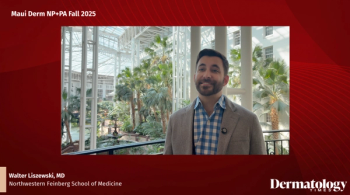
Walter Liszewski, MD, shares innovative and personalized treatment strategies for managing atopic and contact dermatitis at Maui Derm NP+PA Fall 2025.

Discover the latest advancements in pediatric dermatology and atopic dermatitis treatments from Maui Derm NP+PA Fall 2025, featuring expert insights and emerging therapies.

Rebecca Smith, MD, recently led a Dermatology Times Case-Based Roundtable event on complex cases in atopic dermatitis.

Panelists discuss how atopic dermatitis exhibits tremendous heterogeneity in clinical presentation, disease course, symptom variability, environmental triggers, and underlying immunologic and genetic factors that contribute to the challenge of developing one-size-fits-all treatments.

Panelists discuss how despite recent therapeutic advances in atopic dermatitis treatment, significant unmet needs remain including partial responses, lack of long-term stable control, and the need for broader patient response rates and deeper clearance levels.

Berdazimer shows promise for treating MC in pediatric patients, even in those with a history of atopic dermatitis, according to a poster at Maui Derm NP+PA Fall.

Phase 1a results showing STAR-0310’s half-life of up to 68 days, durable cytokine inhibition, and a favorable safety profile will be presented in full at EADV 2025.

